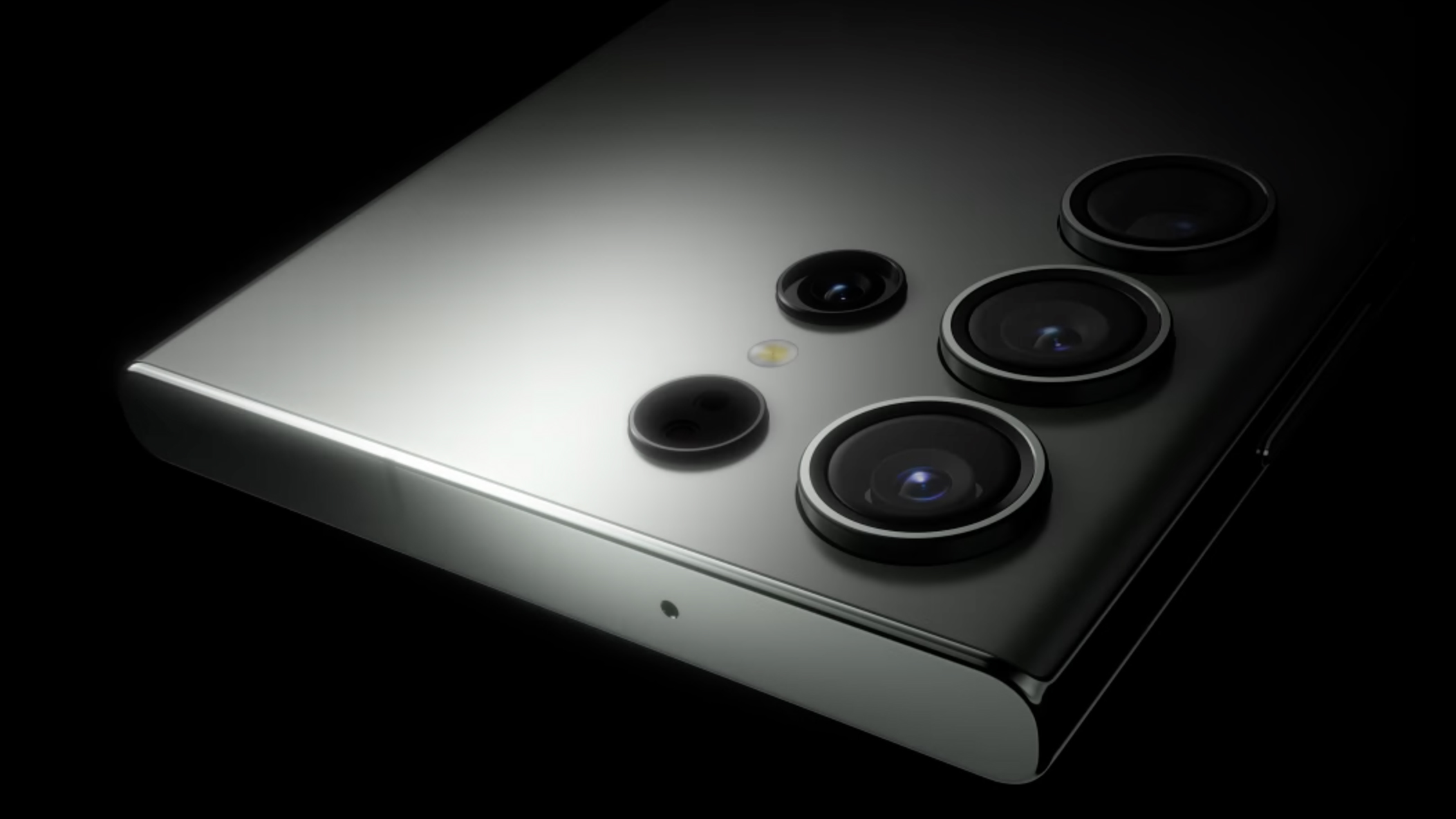10 digital cameras that time forgot
And that were actually rather good (well, some of them)
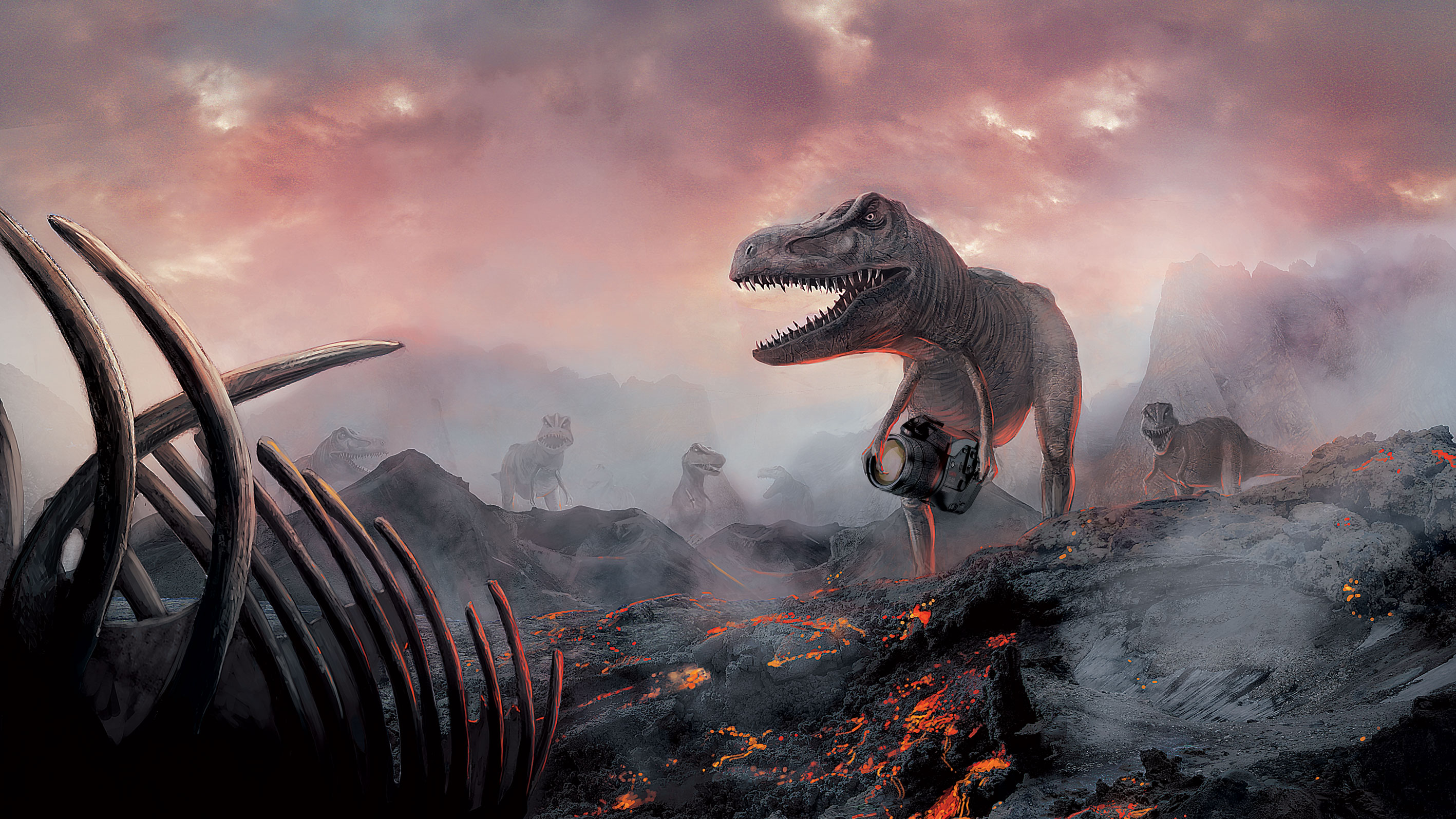
The camera market can be a cruel place. Sometimes a thoroughly deserving species gets bumped off prematurely when it didn’t deserve it, and sometimes we get a weird evolutionary oddball that we feed for a while out of kindness, but we’d rather it went away. (Like this rather unhelpful metaphor.)
So here’s a little tour through some of the cameras that time forgot. We’ve split them into two groups: the brave but brilliant that didn’t make it and the crazy kludgebuckets that just weren’t right from the start. Feel free to shed a tear or snigger at the appropriate time.
The good
1. Nikon CoolPix 990 (2000)
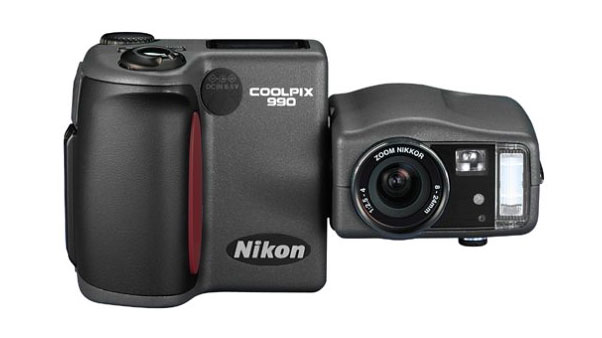
Today’s vari-angle screens are just a pale echo of this design masterpiece. This was a camera in two fist-sized halves joined by a robust central pivot, with a screen and controls on one side and the lens, flash and viewfinder on the other. This was when camera designers realised that digital cameras don’t have to have the same design compromises as film cameras and made something brilliant as a result. It’s almost impossible to describe how intuitive and satisfying this camera was to handle.

2. Sony Cyber-shot R1 (2005)
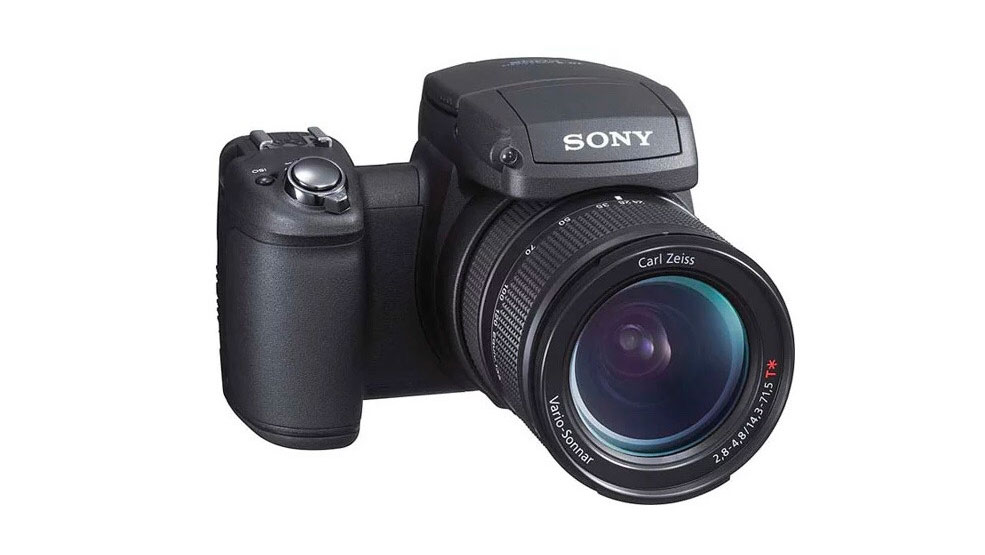
This what the bridge camera should have been all along. Sony’s first attempt at a fixed lens big-sensor camera was way better than anyone understood at the time. You got a 24-120mm f/2.8-4.8 Zeiss lens, a 10MP APS-C sensor, a mirrorless design before anyone knew what that was and a flip-up vari-angle screen on the top – weird, but effective. With a modern sensor, a better EVF and Sony’s latest AF tech, wouldn’t you buy one today?

3. Olympus E-400 (2006)

This was Four Thirds before the Micro. It’s easy to forget now, but Olympus made some rather neat Four Thirds DSLRs before it made its clever strategic mirrorless switch. So what was wrong with this baby DSLR? Nothing. If Olympus put in an SD card slot and today’s 20MP sensor, it would be just as charming, wieldy and effective today as it was then. Imagine an Olympus E-M5 Mark III with a thicker, chunkier body and and optical viewfinder.

4. Nikon 1 AW1 (2013)
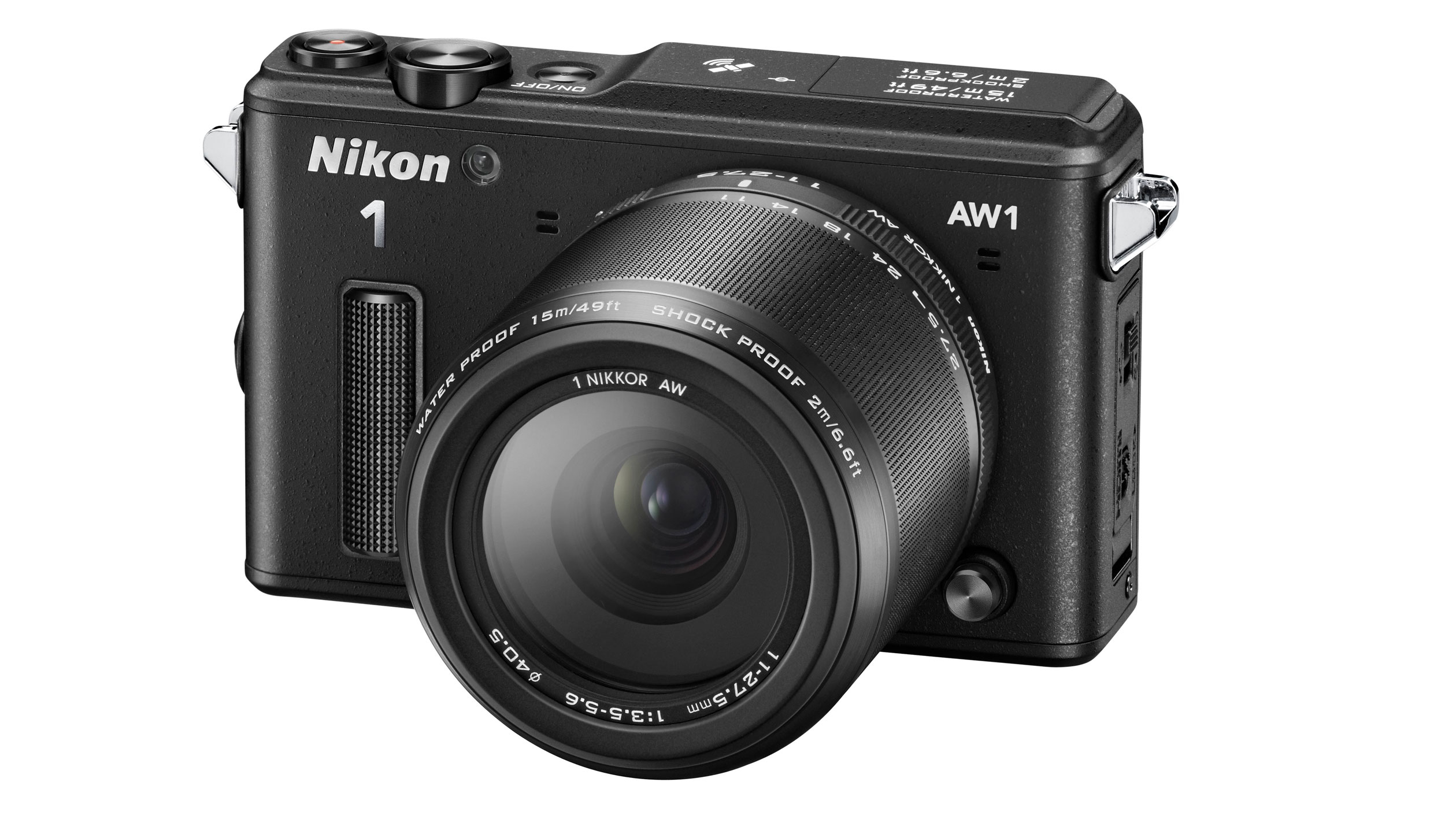
How many shockproof, underwater mirrorless interchangeable-lens cameras can you name today? None. Exactly. The Nikon 1 mirrorless range got a raw deal from a rather sniffy photographic press unimpressed by its 1-inch sensor (yes, the same format now raved over in premium compact cameras), and the extraordinary Nikon 1 AW1 got the worst deal of all. Here was a normal-sized mirrorless camera using regular Nikon lenses (and two adapted waterproof lenses) that was as tough as most action cams and underwater cameras are now. Imagine a modern version with a 20MP sensor and 4K.

5. Samsung NX1 (2014)
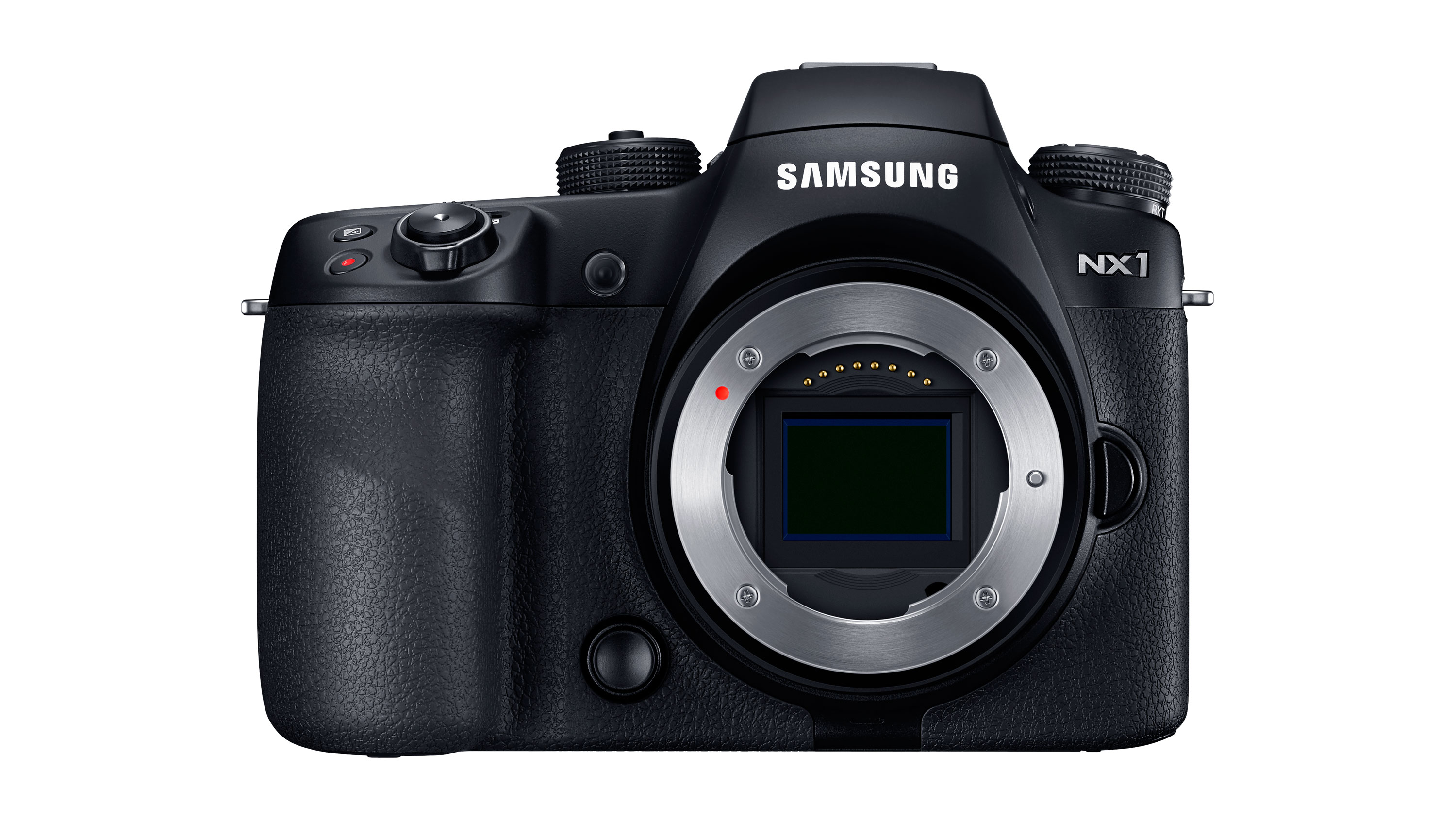
A camera from the future when the future was still a bit too far away. OK, hold tight. You got a 28MP back-illuminated APS-C sensor which would still be the second highest APS-C resolution today, 15fps continuous shooting, a 209-point hybrid AF system covering 90% of the frame and 4K UHD video at up to 30p (C4K at 24p) with 4:2:2 output over HDMI. This was in 2014. 2014! Samsung had also made a start on a proper pro lens line-up before giving up. The (camera) world can be cruel place.
The best camera deals, reviews, product advice, and unmissable photography news, direct to your inbox!
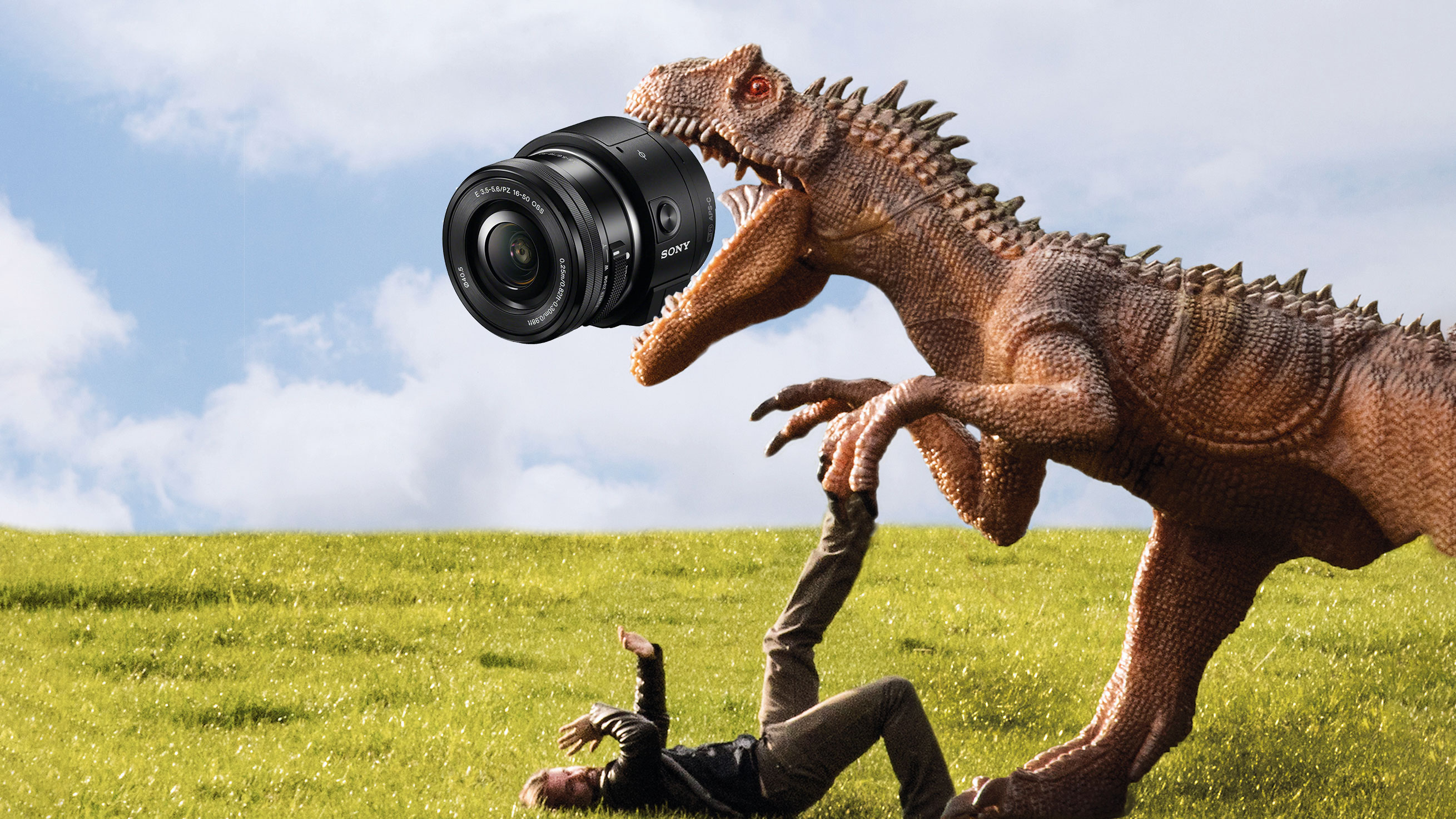
The bad
6. Olympus E-10 (2000)
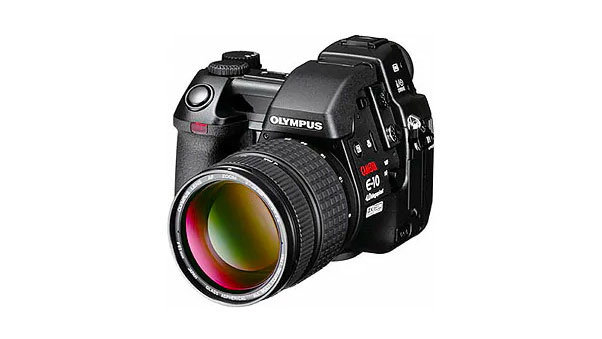
Never in the field of digital photography has a camera this size had a sensor this small (oh yeah, the Nikon P1000). This was from a time when a 2/3-inch sensor seemed a decent size, and affordable big-sensor cameras were just a distant dream. The E-10 did actually make a certain amount of technical and financial sense back then. Probably. Today, though, it’s hard to understand why such a tiny sensor needed such a huge lens. You could probably live with the 4MP resolution, but the E-10’s appetite for AA batteries (four at a time) was ferocious.

7. Kodak DCS Pro 14n and Pro SLR/c (2003/2004)
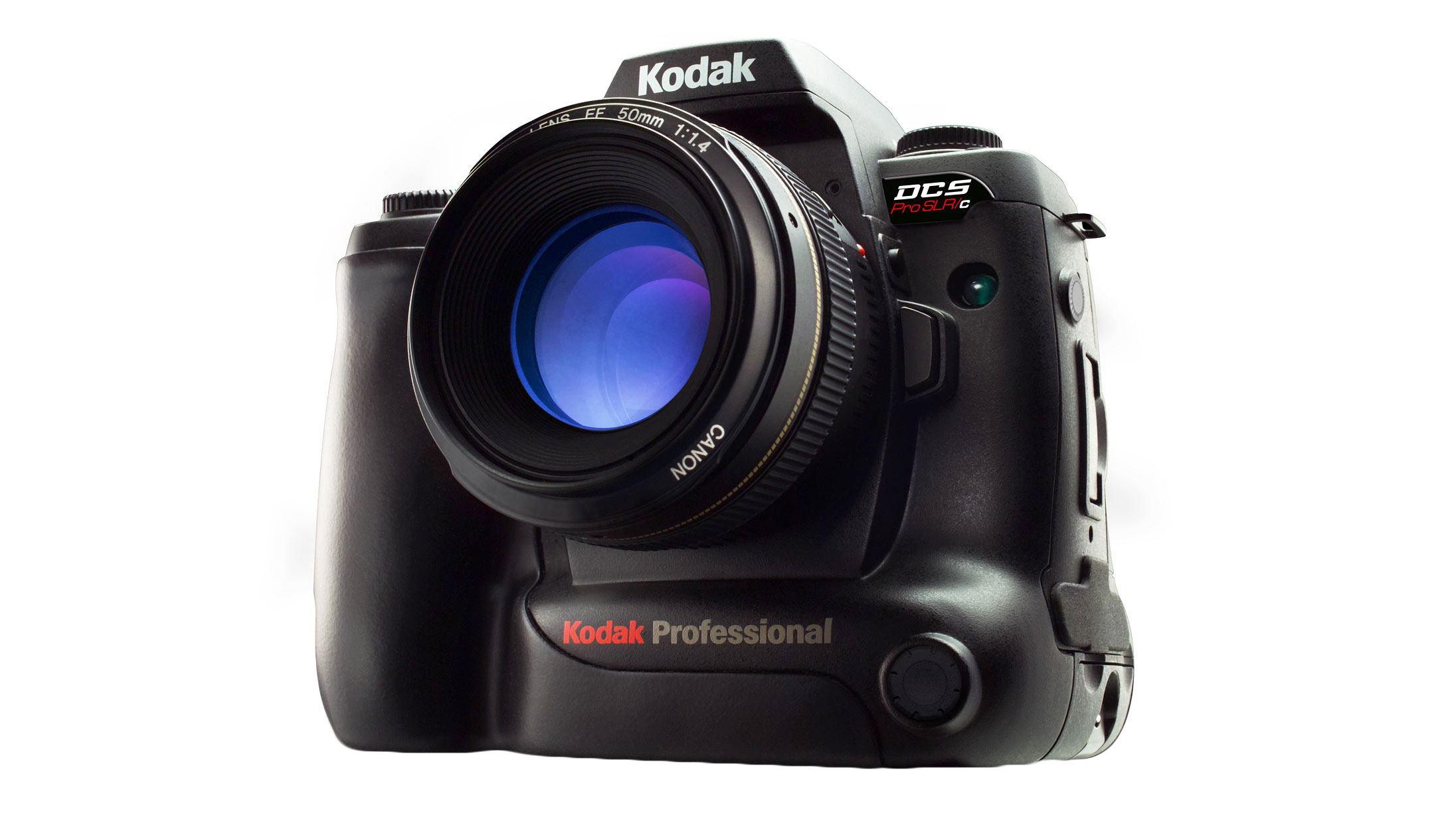
We couldn’t wait to get our samples, and then we couldn’t wait to give them back. These cameras looked incredible. Admittedly priced for pros, these were still the first mass-market full frame DSLRs on the market, and produced jointly by some of the biggest names in the business. The Nikon-mount Pro 14n used a Nikon body, the Canon-mount Pro SLR/c used a Sigma body. We only tried the DCS Pro 14n, and it was so beset by image quality issues (ours had a shifting color cast from green to magenta across the frame) that we were not surprised when the cameras were withdrawn in 2005. Not a happy time for anyone involved.

8. Pentax Q (2011)
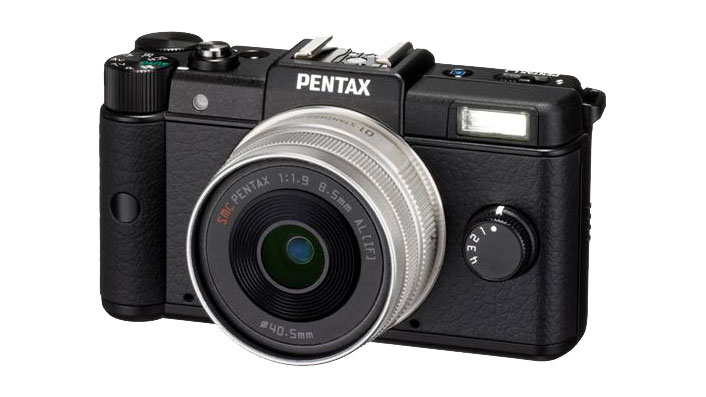
The worst idea ever, done brilliantly. So a good idea might be putting a big sensor into a cheap and simple camera (imagine a modern equivalent of the beautiful 35mm Olympus Trip). So now imagine doing the opposite. If you thought Nikon putting a 1-inch sensor in its first mirrorless cameras was questionable judgement, then this is off the scale. The Pentax Q system could possibly have appeal as a toy, or an exhibit in a cabinet of curiosities, but would you actually take any pictures with it?

9. Lytro Illum (2014)
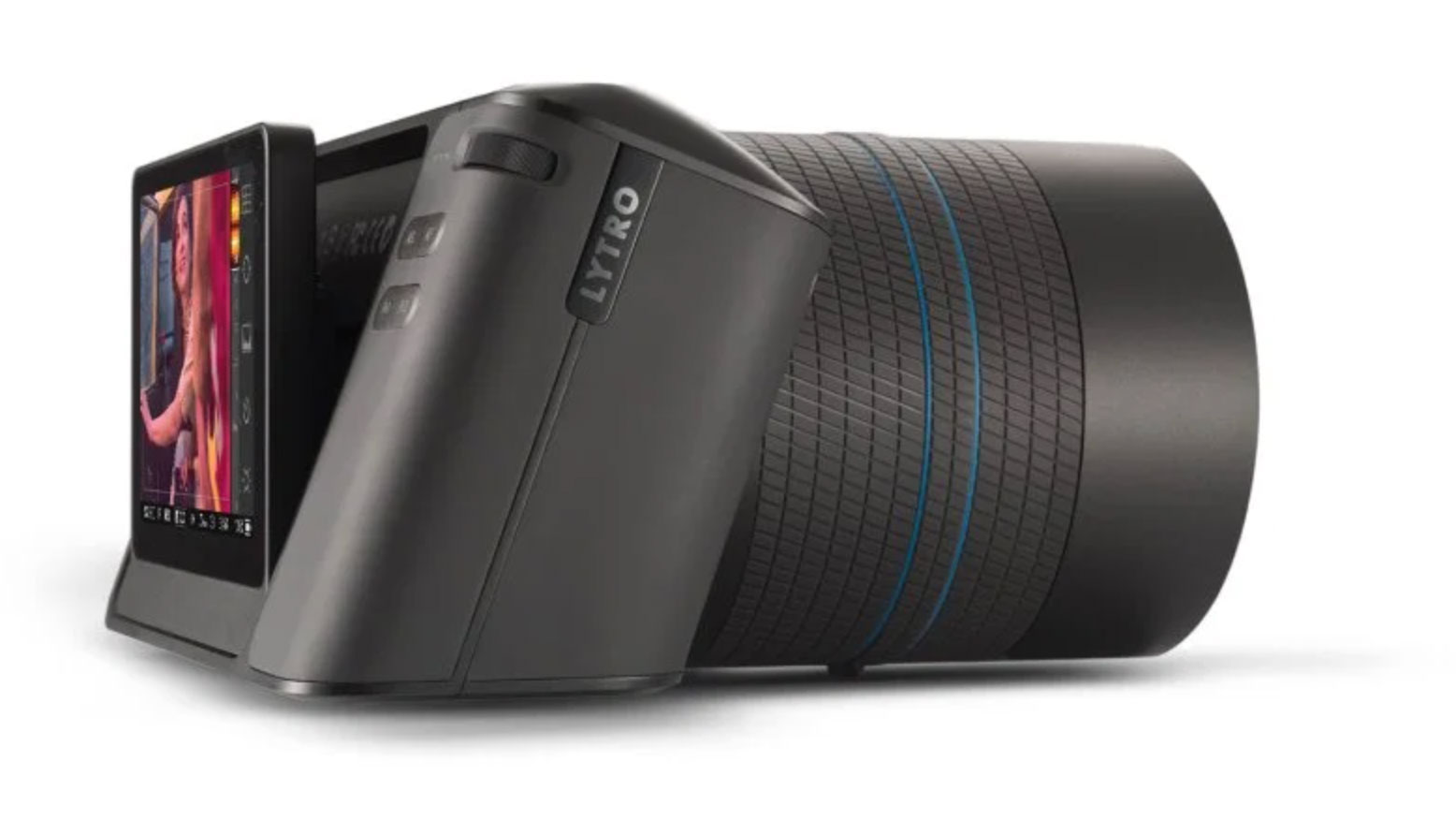
We keep wanting to call it the ilium, but that’s not right. The Illum was a ‘light field’ camera that captured objects in three-dimensional space, admittedly over a relatively small angle, so that you could look at your subjects from different angles after the picture was taken or even create little fly-by videos of close-up subjects. The principle issue was that it was a concept nobody understood for a thing they didn’t particularly want to do. At least the camera itself was both (a) rather cool and (b) rather clever.

10. Sony QX1 (2014)
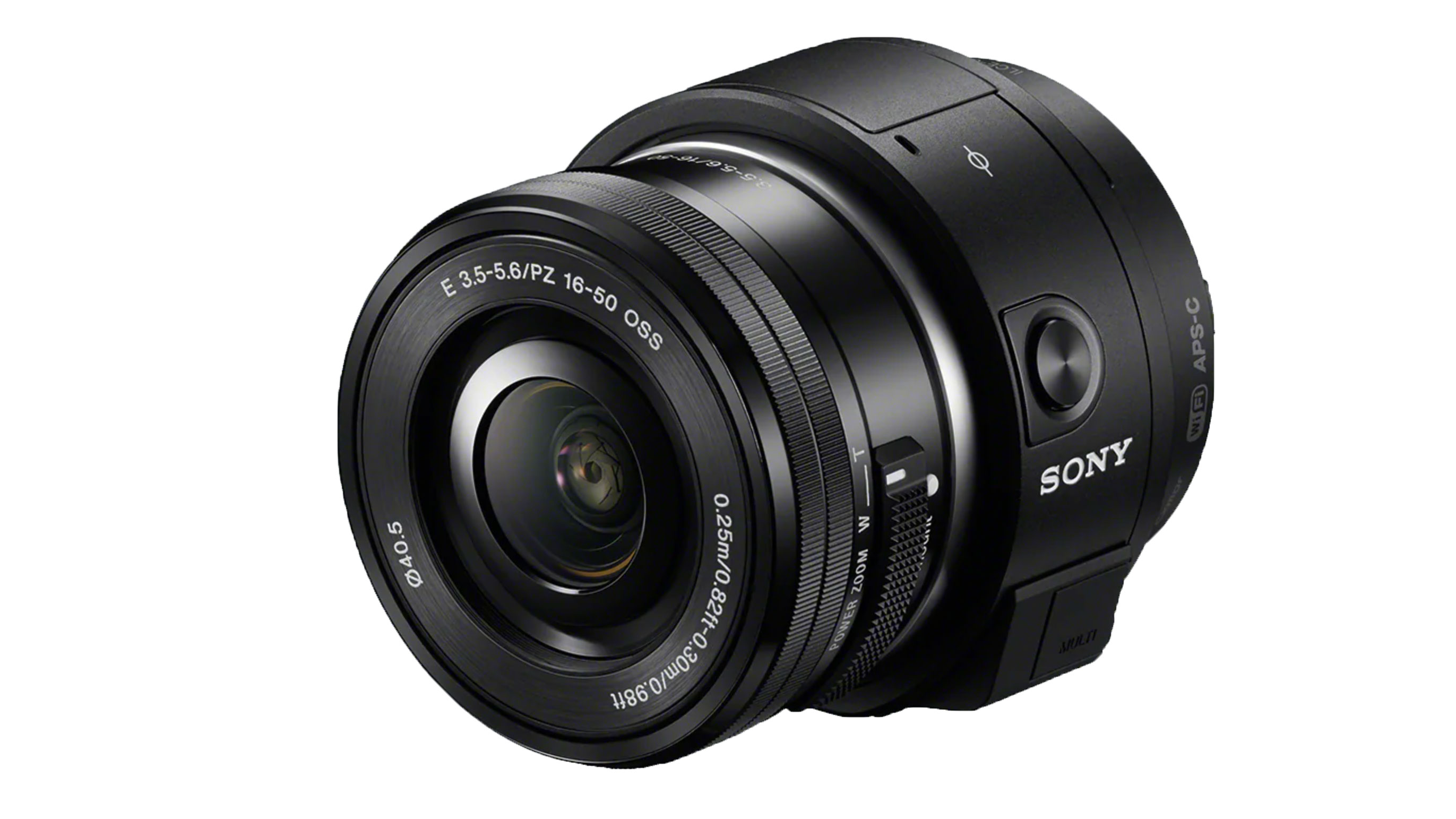
This is what happens when you think so far out of the box you lose the box. Sony must have thought, we presume, that smartphone users want a better camera, so why not make a clip-on camera with a bigger sensor and a zoom lens, and then why not make it detachable so that you can use it independently via Wi-Fi? So it ended up as a fixed-lens Wi-Fi camera with no viewfinder in a market full of interchangeable lens cameras WITH viewfinders. That also had Wi-Fi.
More things to read:
• Home photography ideas
• Best cameras for beginners
• Best spy cameras

Rod is an independent photography journalist and editor, and a long-standing Digital Camera World contributor, having previously worked as DCW's Group Reviews editor. Before that he has been technique editor on N-Photo, Head of Testing for the photography division and Camera Channel editor on TechRadar, as well as contributing to many other publications. He has been writing about photography technique, photo editing and digital cameras since they first appeared, and before that began his career writing about film photography. He has used and reviewed practically every interchangeable lens camera launched in the past 20 years, from entry-level DSLRs to medium format cameras, together with lenses, tripods, gimbals, light meters, camera bags and more. Rod has his own camera gear blog at fotovolo.com but also writes about photo-editing applications and techniques at lifeafterphotoshop.com
